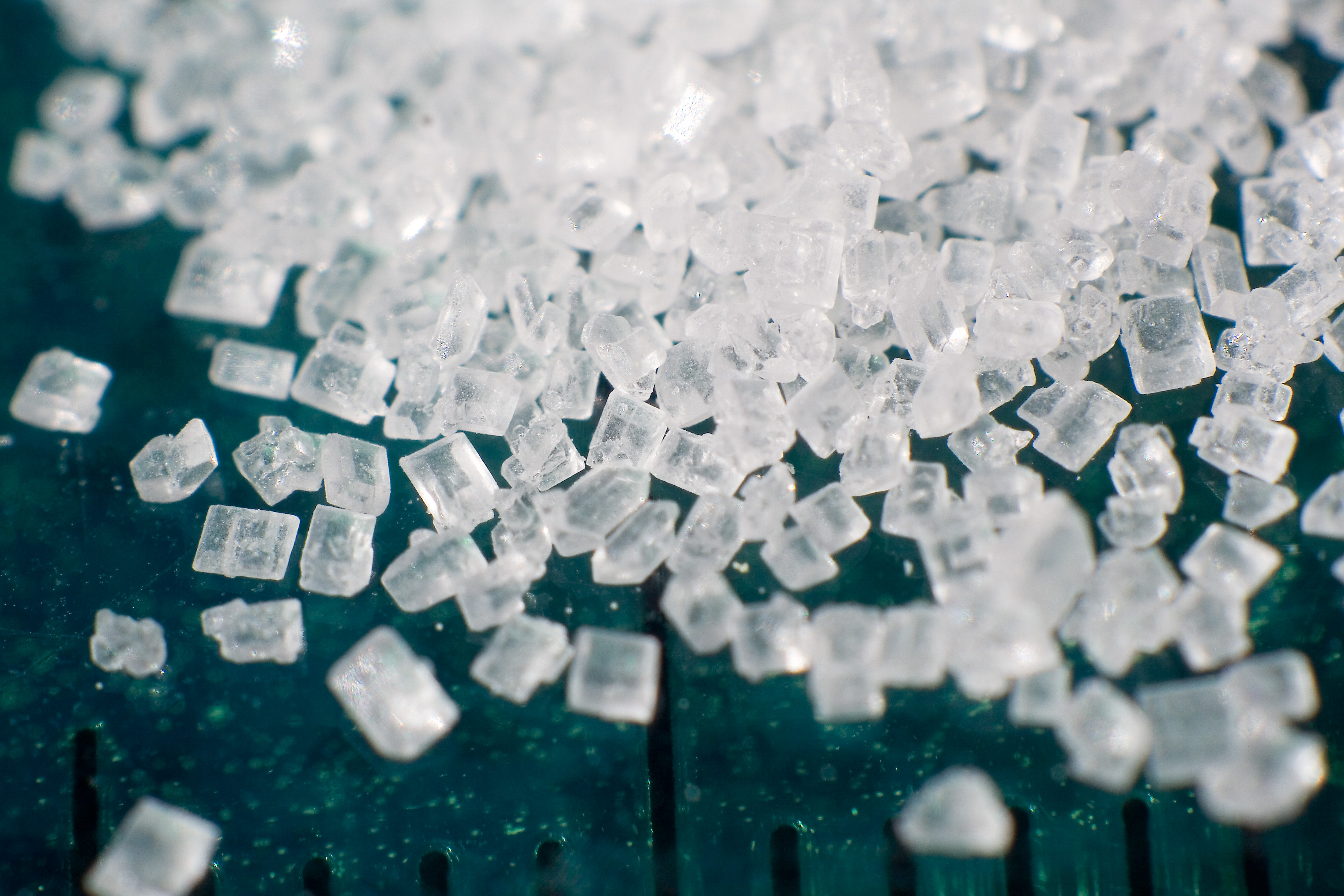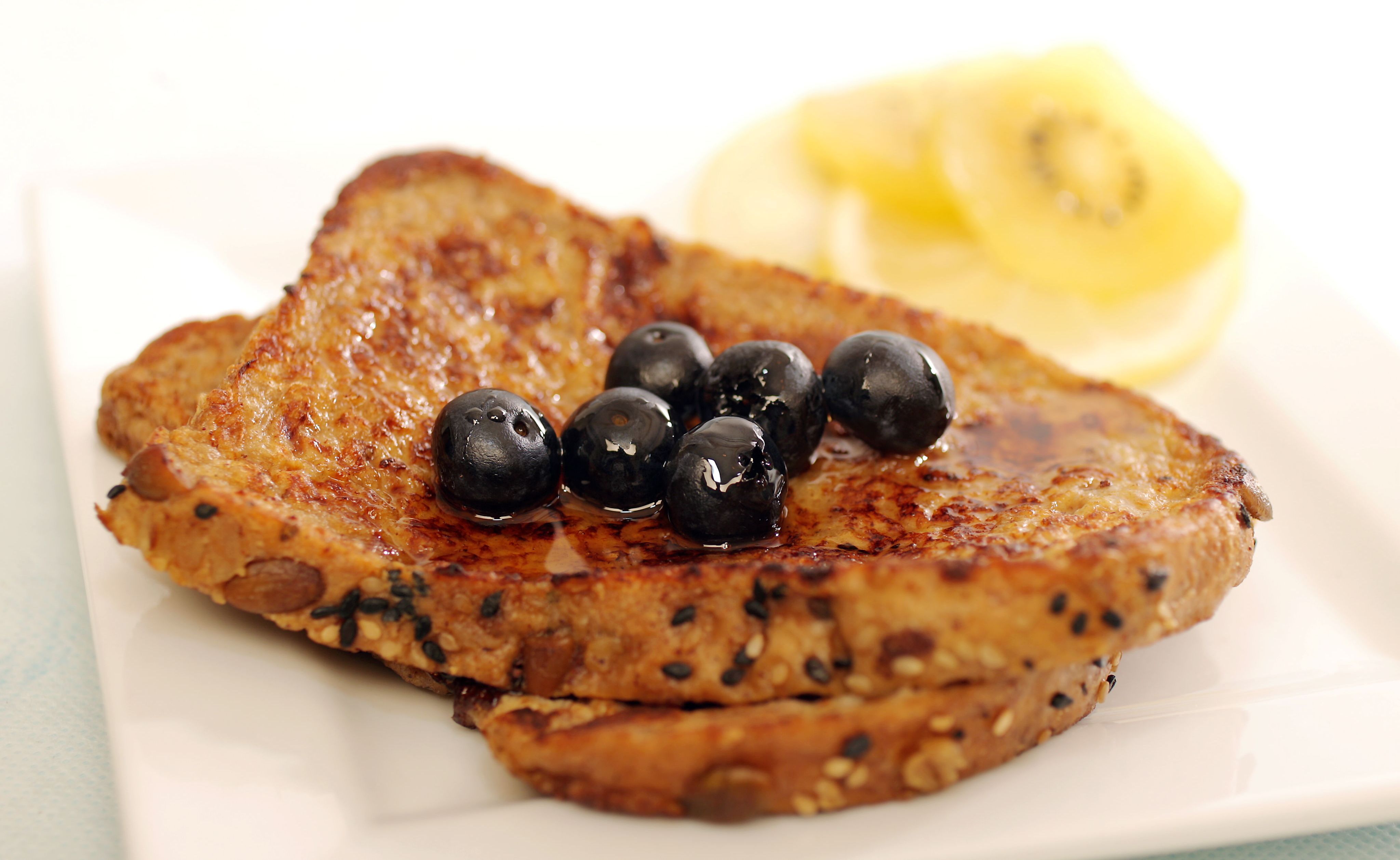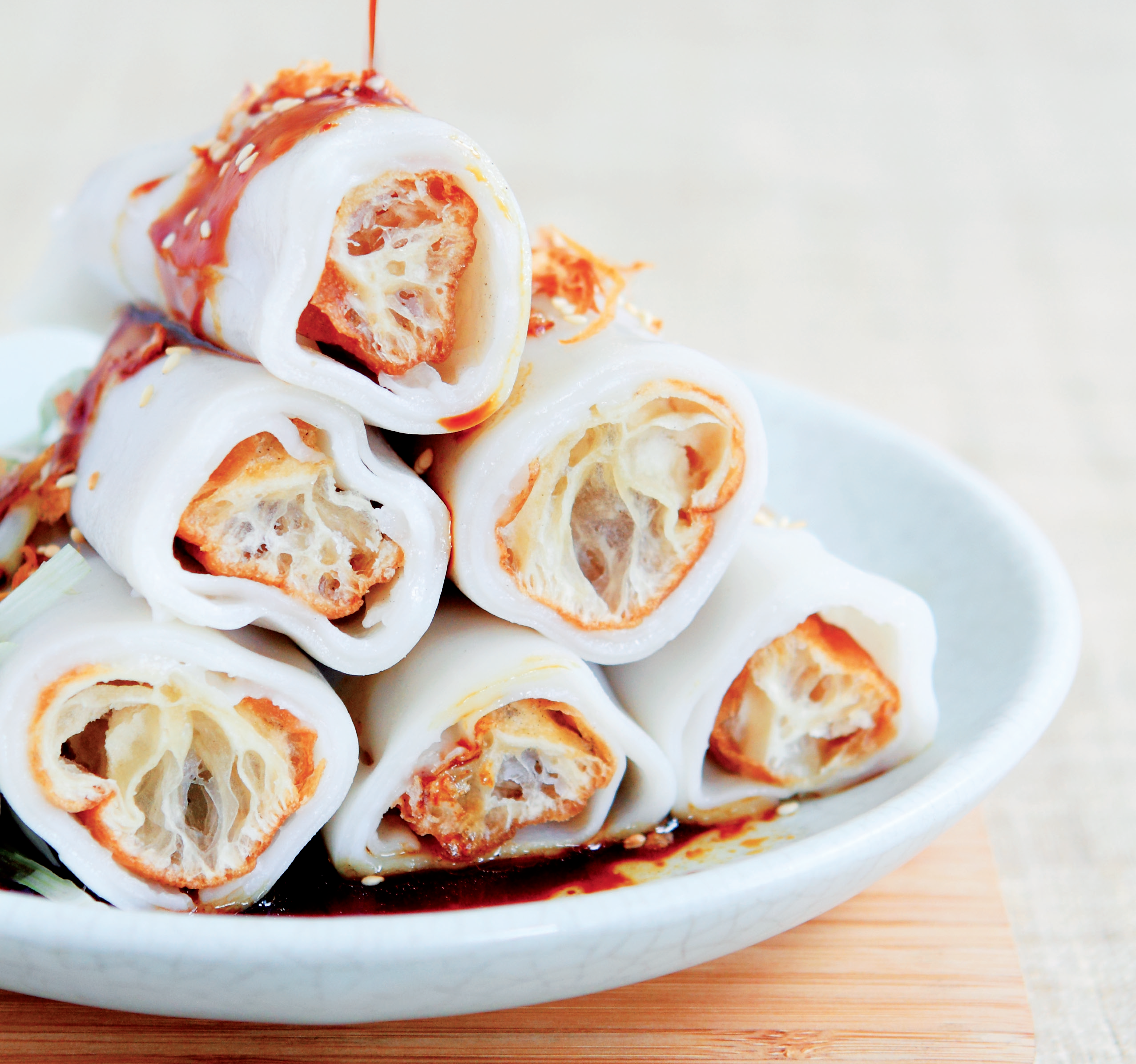Learn how to tell one sweetener from another with our essential guide.
SUGAR is sugar, most science now agrees: a simple carbohydrate that almost all of us in the rich world eat to excess. The same goes for “natural” sweeteners such as honey or maple syrup – but they may have other elements that are good for you, or help you absorb the sugar that travels with them in a more healthy way.
Here’s a guide to the terms and types of sweetener in the great sugar debate.
Sucrose
Pure sugar: one molecule of glucose and one of fructose – the latter accounts for the taste we call “sweet”. We eat three times as much of it as our grandparents did.
Fructose
The new bad guy in the sugar debate. Fruit juices contain higher fructose levels, and, if the juice has no fibre in it, the fructose may damage the liver and other organs. American endocrinologist Robert Lustig, the scientist behind the “sugar is poison” furore, claims excessive fructose is the key factor in soaring levels of diabetes and obesity and also stimulates over-eating. Labelling legislation doesn’t yet require manufacturers to list fructose levels.
High-fructose corn syrup
A cheap sugar made from maize in the US, commonly used in fizzy drinks and cheap processed foods. Fructose levels may be as high as 55%.
Table sugar
White sugar is 50% fructose, 50% glucose and made from cane or beet. Demerara, and other brown sugars are essentially the same, but they have molasses, a by-product of the sugar cane refining process, for colour and flavour. The molasses will contain some minerals including iron, calcium, magnesium, and potassium.
’No added sugar’
Often seen on “healthy” fruit juices, five-a-day drinks and fruit snacks. A loophole in labelling regulation means that sweet, concentrated fruit juice can be used – which is, of course, a high-fructose sugar. Naturally sweet fruit juice with the fruit fibre removed is now thought to be as harmful (or worse) than a cola – but the “with bits in” juice with the fruit fibre retained is better for you.
Agave nectar, maple syrup, honey
Natural sugars are still sugar – claims of “unrefined” don’t alter the basic fact that they are all largely the same simple chemical. In some plant-derived sugars, like agave, fructose levels can be very high – but the label doesn’t tell you how high. Beneficial trace elements and minerals can be in the mix, too; maple syrup is claimed to contain antioxidants that may help with heart disease.
Artificial sweeteners
Some, like “plant-derived” stevia, saccharin, sorbitol and xylitol (used in chewing gum) are chemical relations of sugar’s saccharides, and so they act on the body in the same way. But because they are many times sweeter than sugar, fewer calories are involved.
Non-saccharide sweeteners such as aspartame are the basis of Nutrasweet and many low-cal soft drinks. Questions have been raised about their health benefits, but aspartame is currently judged safe. – Guardian News & Media








, thanks so much for posting this! It is going to help when I get Fruit Snacks at the store! Fabulous!